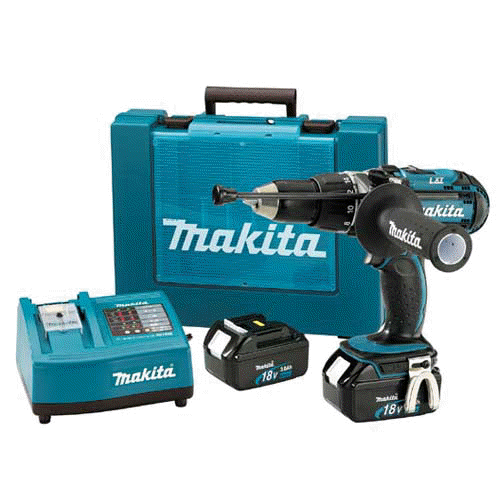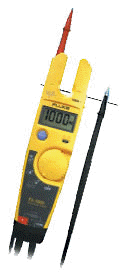|
|
||
|
BASIC Fault Finding |
||
|
Equipped with our specialist test equipment, we can find and diagnose all types of electrical fault. However, before calling us please read through the following to make sure that there is actually a fault - you may be able to avoid a call out. Lighting If you discover that a light is not working, then check to make sure that all the other lights work. If they do, then chances are it could be a blown bulb. Be careful when checking or changing a bulb as they can be quite hot if they have recently been on. Lamp-holders can be quite brittle from the heat and can break quite easily, therefore we recommend switching off the main switch at the consumer unit. Also, keeping a torch near your fuseboard is a good idea. If other lights aren't working, then chances are the fuse or circuit breaker may have been operated. Have a look at your consumer unit or fuseboard. If you have fuses then you will need to switch off the main switch and pull the suspected fuse. If it's the rewireable type, then do not attempt to replace the fuse wire; there is usually a good reason for it to blow. Call an electrician to check the circuit. If you have circuit breakers then you may notice that the toggle for lighting is in the 'off' position; this can sometimes happen when a bulb blows, as circuit breakers are very sensitive. Change the bulb in question, reset the circuit breaker and everything should be ok. If not, call an electrician to investigate. Sockets If an appliance isn't working, you can find out whether its socket is working by plugging in a lamp in its place - if the light comes on, then the fault is with the appliance or its fuse. If the socket is off, then have a look at the consumer unit or fuseboard. If a fuse, circuit breaker or RCD has tripped, try resetting it - nuisance trips do occasionally happen. If the fuse, circuit breaker or RCD in question trips again, or can't be reset, then try unplugging all your appliances. If this sorts out the problem, then chances are you have a faulty appliance. You could try plugging them in one by one to find which one is causing the problem (cordless kettles are often the culprit if the base gets wet). |
|
|
| For all this and more, for safe, professional and certificated electrical services | ||
| © Low Voltage Systems Limited 2007 is a limited company registered in England and Wales (registered no. 06445139) | ||



